
Sky Lagoon
Incredible experience. The swim up bar is nice and there is also location to some swim up bathrooms. The views are lovely and lots of add on
Iceland, the land of fire and ice, is a breathtaking Nordic island nation with awe-inspiring landscapes, ranging from dramatic volcanic mountains to vast glaciers. It is home to stunning geological formations, geothermal pools, and a rich Viking heritage. With its thriving arts and music scene, friendly locals, and an abundance of outdoor activities, Iceland offers a unique and unforgettable travel experience. We hope this Iceland travel guide will help you plan your trip to Iceland.
The best time to visit Iceland depends on your preferences and interests:
When planning your trip, consider your interests and the activities you want to engage in, as well as the weather conditions and tourist crowds.
There are several options for reaching Iceland, depending on your departure location and preferences:
Transavia: A Dutch low-cost airline that connects Iceland with cities in the Netherlands and France.
Vueling: A Spanish low-cost airline providing flights to Iceland from certain European cities.
PLAY Airlines is an Icelandic low-cost airline that operates flights to Keflavik International Airport (KEF) from various destinations in Europe and North America.
Exploring Iceland can be a thrilling experience, and there are several transportation options to help you navigate the country:
When planning your trip, consider factors such as budget, personal preferences, and the destinations you wish to visit to choose the most suitable mode of transportation for your Icelandic adventure.

Incredible experience. The swim up bar is nice and there is also location to some swim up bathrooms. The views are lovely and lots of add on

Arbaer Open Air Museum: This living museum showcases traditional Icelandic architecture and daily life from the 19th and early 20th centuries.

Icelandic Phallological Museum: This museum displays a unique collection of over 280 penises and penile parts from various animals, including humans.

Grotta Lighthouse: This lighthouse is located at the tip of the Seltjarnarnes peninsula, offering beautiful views of the ocean and surrounding mountains.

Saga Museum: This museum uses lifelike wax figures and audio guides to bring Iceland’s Viking history to life.
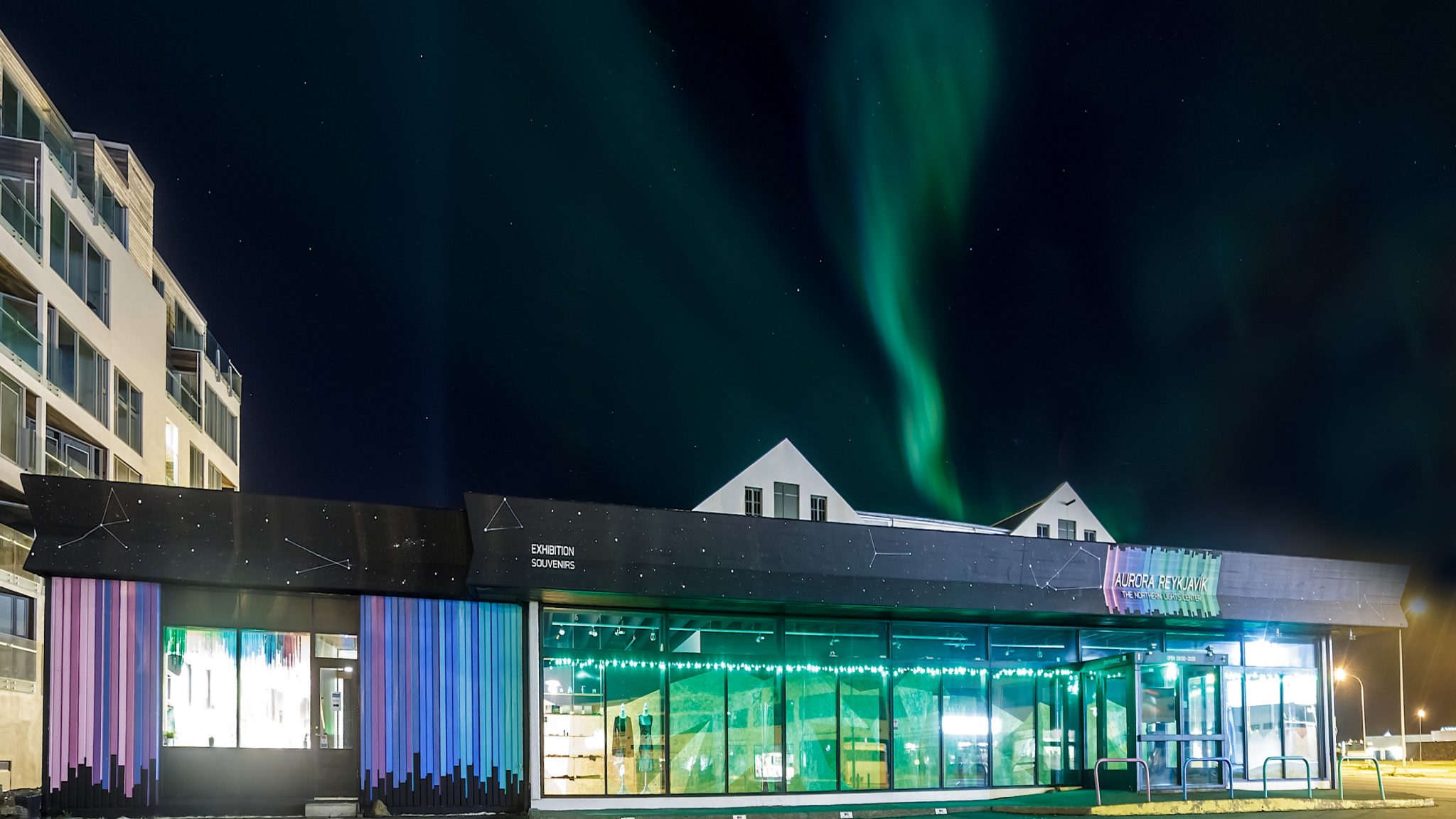
Aurora Reykjavik: This exhibition provides an immersive experience of the Northern Lights, complete with interactive displays and simulations.
This is a popular bar in downtown Reykjavik that specializes in craft beer. They offer a wide selection of local and international craft beers on tap and

This upscale seafood restaurants in Reykjavik offers an extensive menu of fresh fish and seafood dishes with a focus on sustainable fishing practices. The restaurants’s chic and
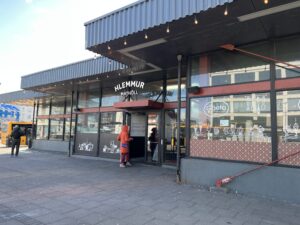
Hlemmur Mathöll is a vibrant and bustling food hall located in the heart of Reykjavik, Iceland. The food hall opened in 2017 and has quickly become a
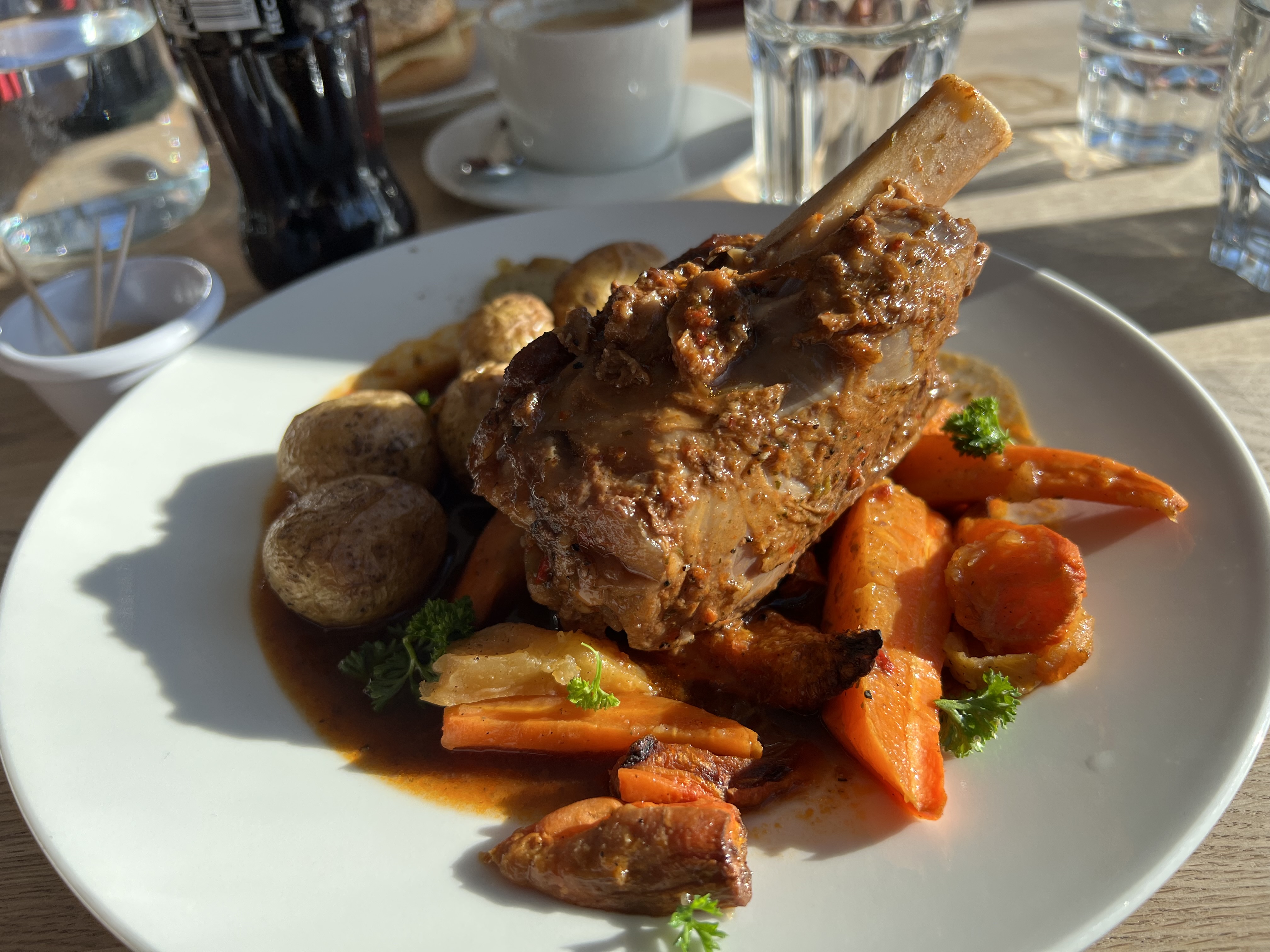
This cozy cafe near the iconic Hallgrimskirkja church offers traditional Icelandic dishes, including fermented shark and rye bread ice cream. The homely decor and friendly atmosphere make

Housed in a historic building that was once a pharmacy, this restaurants offers a modern take on classic Icelandic cuisine. The elegant and sophisticated decor, combined with

This cozy bakery in Reykjavik offers freshly baked bread, pastries, cakes, and coffee. The bakery is known for using locally sourced ingredients and traditional Icelandic baking techniques
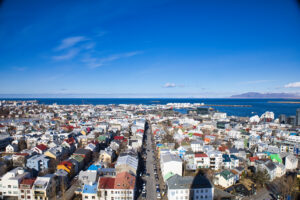
Reykjavik, Iceland Photos
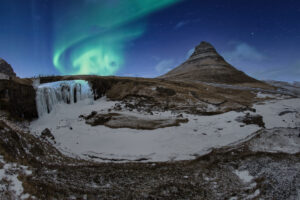
West Iceland

Silver Circle Iceland
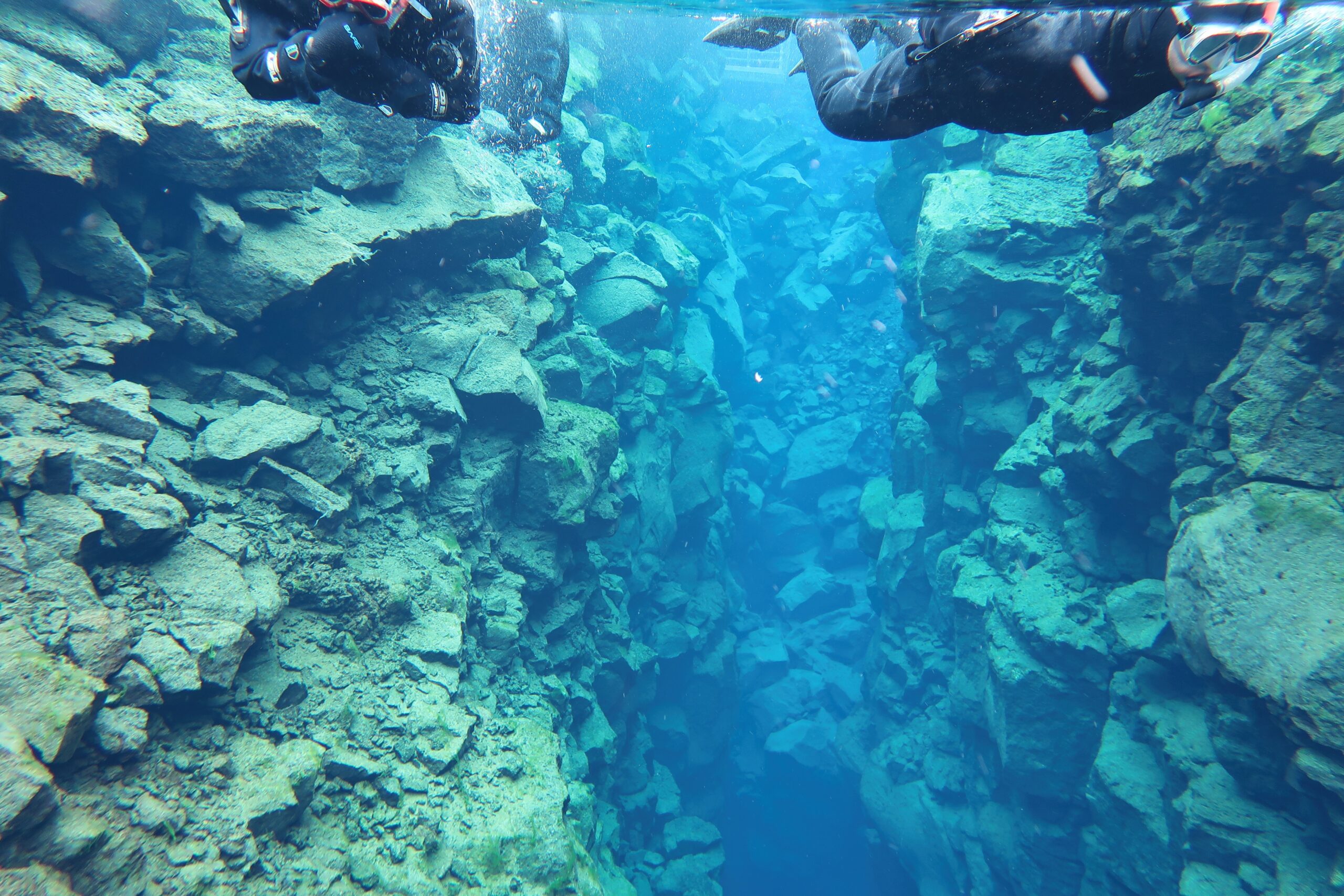
Silfra Iceland
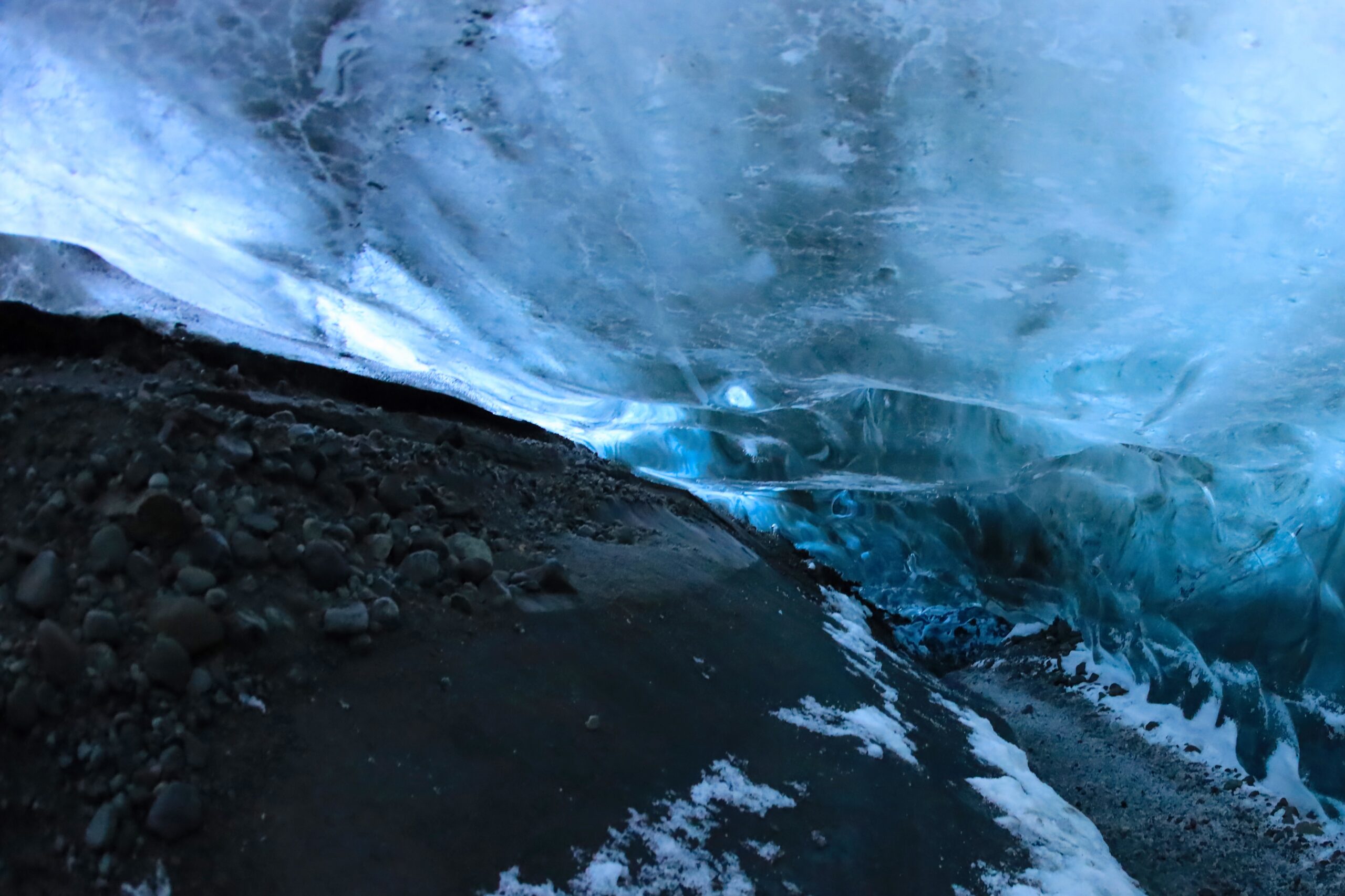
South Iceland Iceland
